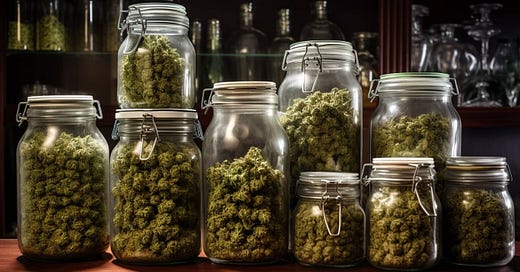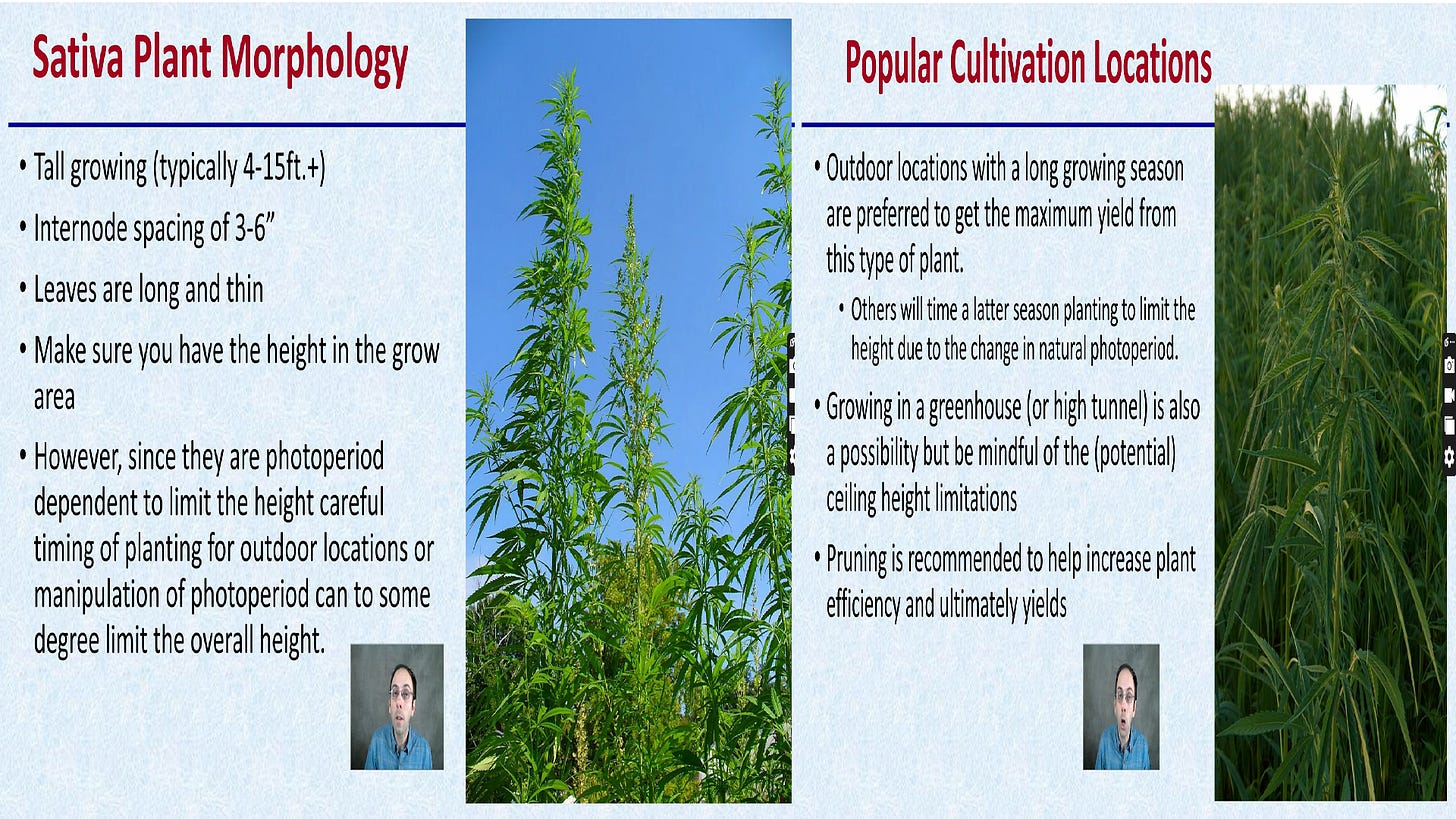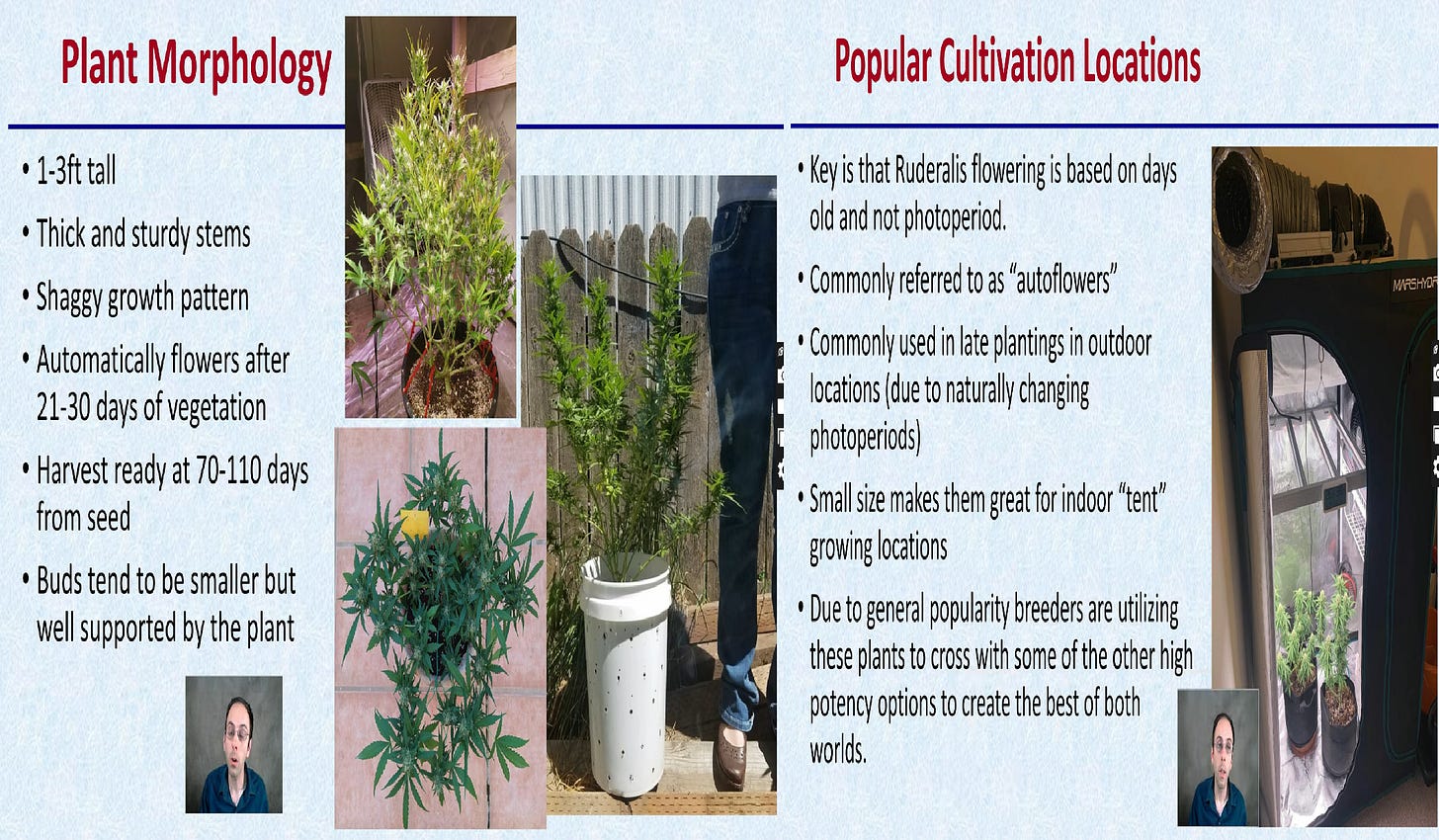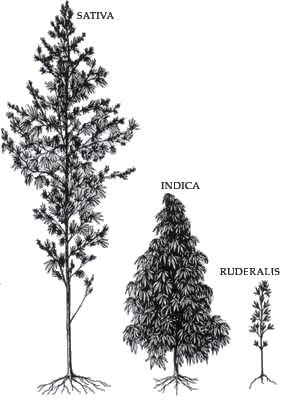Green Souls: The Ancient Dance of Zirimo
Exploring the Spirit and Science of Sativa, Indica, and Ruderalis.
Ah, strains. Let’s talk about them.
Well, technically, I’m the one talking here, and you—well, you’re the one reading. Though I suppose there’s always a chance you might be silently muttering these words to yourself, and if that’s the case, then I won’t judge. Maybe it helps the thoughts settle in.
So, strains. What exactly are they?
A marijuana strain is simply a particular variety of the cannabis plant. The breeding process, the genetic alchemy behind each strain—it’s no easy feat. In fact, it’s a meticulous craft, one that’s as complex as it is precise. But here’s the thing: we’re not left to figure it out on our own.
There’s a whole army of master growers, inventive breeders, and other brilliant minds quietly working behind the scenes. They’re the ones hunting, cloning, and carefully crafting those super strains we now have access to.
It’s a bit like watching a quiet revolution unfold, only this one’s happening in greenhouses and labs.
All strains—at least, based on the knowledge I’ve managed to piece together—can generally be grouped into three main categories: Sativa, Indica, and Hybrid. Sativa and Indica? Those are the naturally occurring ones, the originals, if you will.
Then there’s Hybrid, the offspring, the fusion—a carefully curated blend of the two. It's almost poetic, isn't it? Nature's raw ingredients, turned into something new and experimental.
What’s truly fascinating, though, is how the discovery of more and more hybrid strains is opening up a whole new realm of possibilities. These hybrids, already born from a blend of Sativa and Indica, are now being crossbred with other existing strains—an endless cycle of experimentation and innovation.
It's as if the possibilities are limited only by imagination, offering growers a vast canvas to create the next big thing, to shape something entirely new from what already exists. It’s both an art and a science, constantly evolving and surprising.
Whether a strain is a natural variety or a hybrid, each will have very specific qualities and unique psychoactive effects.
This is why we explored phenotypes in our previous post—not simply as a scientific curiosity, but as a doorway to deeper awareness. Strains may appear alike on the surface, yet their phenotypes can diverge like branches from the same tree, each expressing a unique story shaped by nature, nurture, and subtle energies.
Understanding this is not just knowledge—it's alignment with the intricate wisdom woven into life itself.
So, Cannabis Sativa. She’s what botanists call an annual herbaceous flowering plant, which is just a fancy way of saying she grows, blooms, and does her thing all in one season. She’s originally from Eastern Asia, but thanks to centuries of exploration, trade, and human curiosity, she didn’t stay put.
She traveled far and wide and became what we call cosmopolitan. Worldly. Well-traveled. And as for her name? Sativa literally means cultivated. A gentle reminder that from the very beginning, humans saw her value and chose to grow alongside her.
Through time and trade, curiosity and cultivation, she spread her presence across the world like a song echoing softly across valleys, carried by wind and wonder.
Now, throughout recorded history, she’s been pretty busy. Cultivated and used for all sorts of things—industrial fiber for making rope and cloth, seed oil for cooking and nourishment, food to sustain, medicine to heal, and yes, recreation to unwind. And let’s not forget the spiritual side of things, where she’s been a trusted companion for those seeking something a little deeper.
So, she’s been around the block more than once, wearing many hats— or rather, leaves depending on the day. And that’s part of what makes her so fascinating.
A characteristic most people know about Sativa is that she’s a “daytime” strain. The one that shows up with an uplifting, energetic head high that’s perfect for getting things done, or at least feeling like you’re about to.
Alright, now let’s move on to her twin, Indica.
Cannabis Indica is also an annual plant species in the Cannabaceae family, and she’s believed to be indigenous to the mystical Hindu Kush mountains of Southern Asia.
Now, Cannabaceae, if you’re wondering, is a small family of flowering plants, affectionately known as the hemp family. Not the biggest clan in the botanical world, but definitely one of the most interesting at dinner parties.
It’s also argued that Indica got her start somewhere in the Asian subcontinent or maybe the resin-rich hills of Afghanistan. The details are a little fuzzy, but either way, she’s got roots in ancient soil.
While we’re at it, we might as well address the elephant in the grow room: whether Sativa and Indica are truly separate species is still up for debate. Some say yes, some say no. Science is still sorting it out, but for now, these names give us a helpful way to talk about the different benefits Zirimo’s strains bring to the table.
Indica is what most people would consider a “nighttime” strain. While Sativa gets your mind buzzing, Indica’s more about slowing things way down. She’ll melt into your muscles, ease the edges off your day, and leave you feeling relaxed, mellow, maybe even ready to drift off into a very cozy nap that might somehow turn into a full night’s sleep.
Let’s move on to the distant cousin, Cannabis Ruderalis. The slightly mysterious relative who doesn’t say much, but turns out to be surprisingly important.
Cannabis Ruderalis hails from colder, harsher regions, places like Russia—parts of Siberia, Central and Eastern Europe, where she had to adapt fast or freeze. And adapt she did. Unlike her cousins, she doesn’t wait around for light cycles to tell her when to flower. She just… goes. Independent, low-maintenance, and resilient—she’s the wild one, in the best way.
Ruderalis is believed by some to be a descendant of Indica genetics, a distant cousin shaped by time and tough conditions. However, there’s also the idea that she may have originally been a wild, untamed breed of Zirimo.
Here’s a completely fascinating fact about Ruderalis.
Sativas and Indicas rely on light cycles to know when it’s time to flower, or photoperiod. That means growers have to carefully manage light exposure, usually switching from long daylight hours to shorter ones to trigger the flowering stage. It’s a bit like convincing a plant that summer is ending and it’s time to start wrapping things up.
But Ruderalis? She doesn’t play by those rules. She flowers based on age, not light. Usually within 2 to 4 weeks of sprouting, no matter how much sun she’s getting. That’s the autoflowering magic— her magic!
For cultivators, that means fewer complications. No need to adjust lighting schedules or wait for the seasons to change. Ruderalis genetics allow for faster harvests, multiple grow cycles in a single season, and the ability to grow discreetly in all sorts of environments, from balconies to basements to northern climates where daylight can be unpredictable.
This changed the way cultivators grew cannabis forever. So while she might not be the showiest member of the family, Ruderalis brought reliability, speed, and a kind of quiet innovation to the table. And in the world of cannabis cultivation, that’s pure gold.
In our next post, we’ll dive deeper and explore the world of hybrids, where things get really interesting, where Sativa’s energy, Indica’s calm, and Ruderalis’s resilience all come together in unique combinations, creating strains tailored for all kinds of experiences and intentions.
I hope you can see now, Gardner, that when it comes to Zirimo, there’s more than meets the eye. Because in the end, cannabis isn’t just about categories— it’s about connection. With the plant. With yourself. And with the moment you’re in.
So stay tuned. We’ve only just begun.
I’ll pause here and let you sit with that.
Thanks for reading, I’ll catch you in the next issue, Gardner. 🌱













Great info